Last week we featured an essay by Sean Kelley on how the Eastern State Penitentiary has chosen to move away from neutrality and take a position on mass incarceration. Today curatorial and research assistant Brittany Webb shares how another Philadelphia museum challenges the public to take a critical look at the criminal justice system.
Lately, public critiques of safe spaces in education have focused mostly on what they supposedly prohibit, rather than what they enable. In a recent essay in The New Inquiry, cultural studies theorist Sara Ahmed wrote: “Safe spaces are another technique for dealing with the consequences of histories that are not over (a response to a history that is not over is necessarily inadequate because that history is not over). The real purpose of these mechanisms is to enable conversations about difficult issues to happen.”
Institutionally, the African American Museum in Philadelphia (AAMP) strives to occasionally function as a safe space for discussions that are uncommon in museums. One of AAMP’s core values contains the goal: Provide a comfortable home for uncomfortable conversations.
A set of those conversations are tied to the current exhibit Arresting Patterns: Perspectives on Race, Criminal Justice, Artistic Expression and Community, an expansion of an exhibit organized by Artspace‘s Sarah Fritchey with Titus Kaphar and Leland Moore, which uses works by artists like Andy Warhol, Adrian Piper, Jamal Cyrus and others as a way to think about repeated incidents of state violence against people of color and the circulation of these images in media. This is exactly the kind of exhibit desired by AAMP’s audiences, and makes perfect sense for a city with Philadelphia’s demographics and activism, where visitors and staff have been grappling with ways to understand and respond to the overpolicing of black and brown people.
Two pieces from Titus Kaphar’s “The Jerome Project (Asphalt and Chalk Series)” are the first drawings that greet visitors to Arresting Patterns. The chalk renderings on asphalt paper depict several portraits of black men shot by police layered over one another. They recall full-body chalk outlines on pavement and suggest that no two people see the same thing when they look at a black male face.
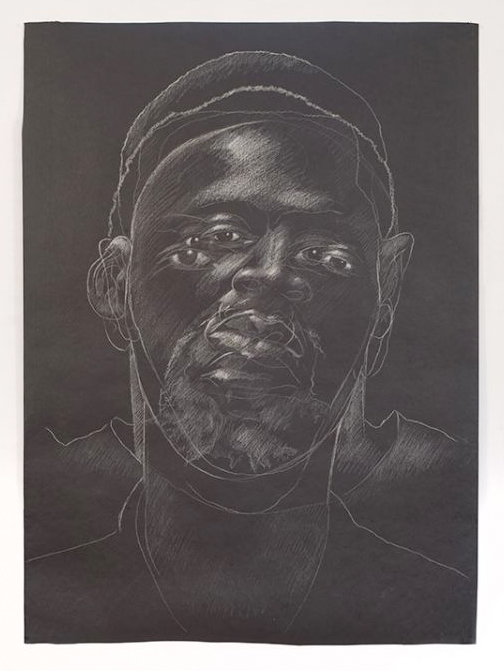 |
Photo credit: “The Jerome Project (Asphalt and Chalk) XVIII” by Titus Kaphar, courtesy of the artist and Jack Shainman Gallery
|
Pieces like Chris Taylor’s digital collages hint at the ways the news reports of these incidents give us déjà vu. Theodore Harris’ “The Ballot or the Bullet” invites viewers to think about the role of electoral politics in structuring these interactions and our conversations about them, while Felandus Thames’ “Ideas of Ancestry” installation meditates on a prisoner’s introspection about being separated from loved ones. Avtomat Kalashnikova’s “The View From Here: Production” is a site-specific installation about the Museum’s social and geographic proximity to the prison industrial complex—AAMP shares a physical intersection with the Federal Reserve and a Federal Detention Center (despite a number of protests against its construction).
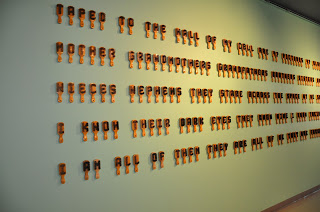 |
Photo credit: “Ideas of Ancestry” by Felandus Thames
|
Prior visitor feedback suggested Arresting Patterns would draw strong audience engagement at AAMP. Last November, we organized a similarly themed pop-up exhibit, Outcry!, which drew sizeable crowds and intense responses. Conversations at unrelated public programs have been veering into policing and violence for a while. As an African-American museum, our staff consists mostly of professionals of African descent who have been thinking about race and overpolicing long before working at AAMP. Our investment in serving audiences well with this work is as much about who we are as individuals as it is about institutional mission. A portion of AAMP’s mission statement reads:
We will be both instigator and empathizer, a point of departure for the exploration of uncharted territory as well as a hallowed sanctuary. We will communicate with a voice that projects the fierce urgency of now and, as a result, will be an institution of incomparable relevance.
In July, news about the deaths of Alton Sterling and Philando Castile fired off across our social worlds and social media feeds like a shot. As staff we shared our dismay and despair (just like we did the last time, and the time before that). This was the week of an Open House & Town Hall program that had been scheduled for months. Before the event, several internal conversations had basically boiled down to “I’m not even sure how to do this right now.” And then we all took a deep breath and did it. On July 10th, a demographically diverse group of two hundred fifty guests filled the galleries and auditorium, taking in the exhibit, scheduled performances and a moderated panel discussion that they met with a tense, emotional Q&A. In a debriefing conversation after the event, a colleague said about the attendees, “I think they needed that.”
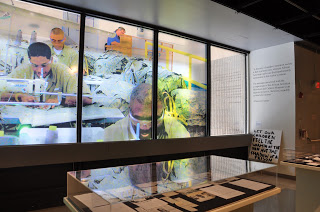 |
Photo credit: “The View From Here: Production” by Avtomat Kalashnikova
|
We’ve been sometimes heartened, sometimes challenged by the ways visitors have engaged the exhibit and related programming. But visitors have instigated interesting conversations. Some have told us that they are bothered by the federal detention center across the street; others have said they’ve never noticed it. People have told us they’ve never seen artwork like this. Art lovers have told us they never thought about this issue. And visitors have cried in the galleries.
Part of what makes AAMP relevant is an intentional commitment to partiality in contrast to some of the unstated partiality of others. Objectivity and neutrality are not in AAMP’s organizational history and are in fact antithetical to its continued existence. This is intense and occasionally messy work that, even at its most difficult, we’re lucky to do. But this work increasingly feels less like an option and more like an imperative to our staff and to our visitors, and we hope that both are better for it.







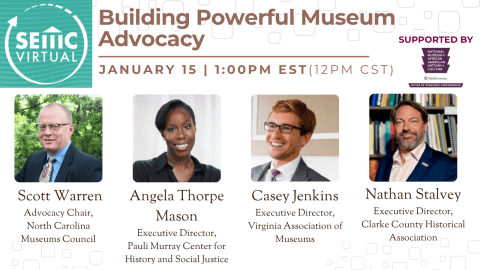




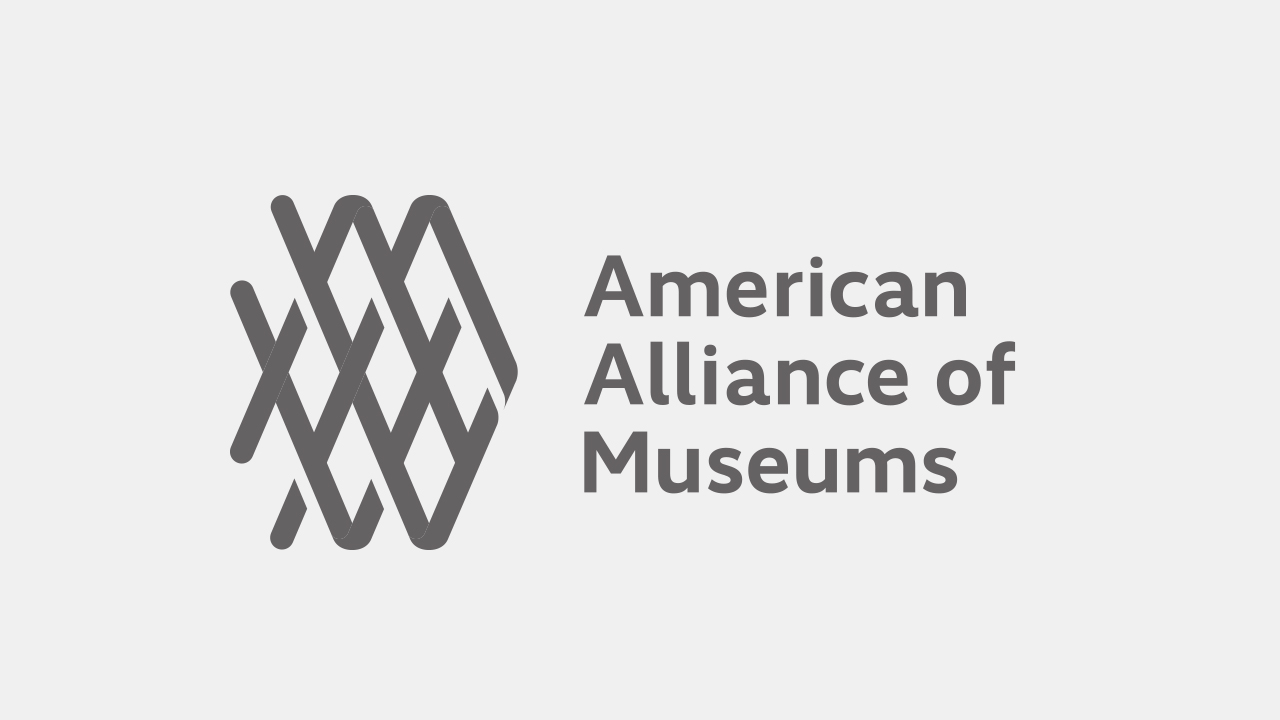
wholesalegmt is dealing with Quartz kitchen countertops philadelphia, with Granite countertops philadelphia and Granite philadelphia pa Get granite countertops philadelphia pa and philadelphia countertops with best quality.